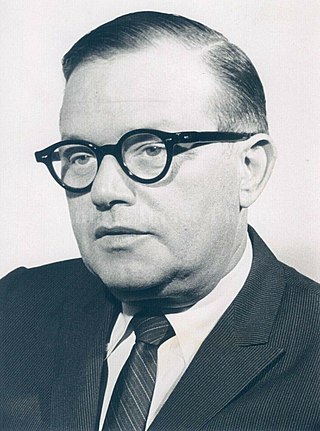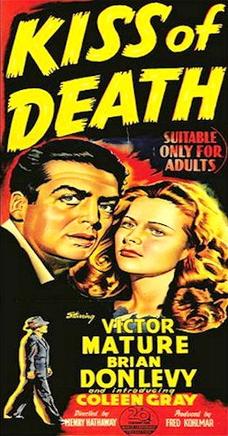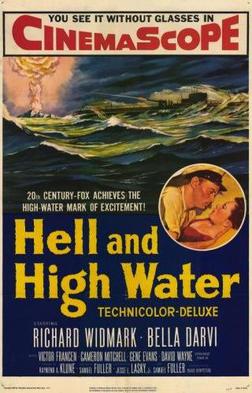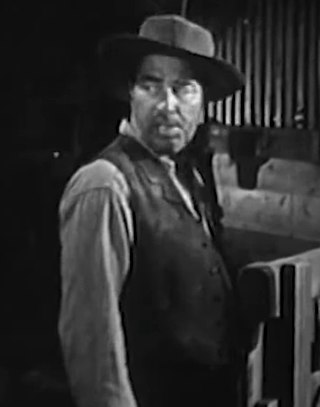
Jule Styne was an English-American songwriter and composer widely known for a series of Broadway musicals, including several famous frequently-revived shows that also became successful films: Gypsy,Gentlemen Prefer Blondes, and Funny Girl.

Lee Marvin was an American film and television actor. Known for his bass voice and premature white hair, he is best remembered for playing hardboiled "tough guy" characters. Although initially typecast as the "heavy", he later gained prominence for portraying anti-heroes, such as Detective Lieutenant Frank Ballinger on the television series M Squad (1957–1960). Marvin's notable roles in film included Charlie Strom in The Killers (1964), Rico Fardan in The Professionals (1966), Major John Reisman in The Dirty Dozen (1967), Ben Rumson in Paint Your Wagon (1969), Walker in Point Blank (1967), and the Sergeant in The Big Red One (1980).

Tora! Tora! Tora! is a 1970 epic war film that dramatizes the Japanese attack on Pearl Harbor in 1941. The film was produced by Elmo Williams and directed by Richard Fleischer, Toshio Masuda and Kinji Fukasaku, and stars an ensemble cast including Martin Balsam, Joseph Cotten, So Yamamura, E.G. Marshall, James Whitmore, Tatsuya Mihashi, Takahiro Tamura, Wesley Addy, and Jason Robards. It was Masuda and Fukasaku's first English-language film, and first international co-production. The tora of the title, although literally meaning "tiger", is actually an abbreviation of a two-syllable codeword, used to indicate that complete surprise had been achieved.
The year 1955 in film involved some significant events.

Darryl Francis Zanuck was an American film producer and studio executive; he earlier contributed stories for films starting in the silent era. He played a major part in the Hollywood studio system as one of its longest survivors. He produced three films that won the Academy Award for Best Picture during his tenure at 20th Century Fox.

Victor John Mature was an American stage, film, and television actor who was a leading man in Hollywood during the 1940s and 1950s. His best known film roles include One Million B.C. (1940), My Darling Clementine (1946), Kiss of Death (1947), Samson and Delilah (1949), and The Robe (1953). He also appeared in many musicals opposite such stars as Rita Hayworth and Betty Grable.

Kiss of Death is a 1947 American film noir directed by Henry Hathaway and written by Ben Hecht and Charles Lederer from a story by Eleazar Lipsky. The story revolves around an ex-con played by Victor Mature and his former partner-in-crime, Tommy Udo. The movie also starred Brian Donlevy and introduced Coleen Gray in her first billed role. The film has received critical praise since its release, with two Academy Award nominations.

Richard Darryl Zanuck was an American film producer. His 1989 film Driving Miss Daisy won the Academy Award for Best Picture. Zanuck was also instrumental in launching the career of director Steven Spielberg, who described Zanuck as a "director's producer" and "one of the most honorable and loyal men of our profession."

E. Maurice "Buddy" Adler was an American film producer and production head for 20th Century Fox studios.

Island in the Sun is a 1957 drama film produced by Darryl F. Zanuck and directed by Robert Rossen. It features an ensemble cast including James Mason, Harry Belafonte, Joan Fontaine, Joan Collins, Dorothy Dandridge, Michael Rennie, Stephen Boyd, Patricia Owens, John Justin, Diana Wynyard, John Williams, and Basil Sydney. The film is about race relations and interracial romance set in the fictitious island of Santa Marta. Barbados and Grenada were selected as the sites for the movie based on the 1955 novel by Alec Waugh. The film was controversial at the time of its release for its on-screen portrayal of interracial romance.

Richard Owen Fleischer was an American film director whose career spanned more than four decades, beginning at the height of the Golden Age of Hollywood and lasting through the American New Wave.

Richard Egan was an American actor. After beginning his career in 1949, he subsequently won a Golden Globe Award for his performances in the films The Glory Brigade (1953) and The Kid from Left Field (1953). He went on to star in many films such as Underwater! (1955), Seven Cities of Gold (1955), The Revolt of Mamie Stover (1956), Love Me Tender (1956), Tension at Table Rock (1956), A Summer Place (1959), Esther and the King (1960) and The 300 Spartans (1962).

The Egyptian is a 1954 American epic historical drama film made by 20th Century-Fox. Filmed in CinemaScope with color by DeLuxe, it was directed by Michael Curtiz and produced by Darryl F. Zanuck. It is based on Mika Waltari's 1945 novel of the same name and the screenplay was adapted by Philip Dunne and Casey Robinson. Leading roles were played by Edmund Purdom, Bella Darvi, Jean Simmons, Victor Mature, Gene Tierney, Peter Ustinov, and Michael Wilding. Cinematographer Leon Shamroy was nominated for an Oscar in 1955.

Tommy Noonan was a comedy genre film performer, screenwriter and producer. He acted in a number of high-profile films as well as B movies from the 1940s through the 1960s; he is best known for his supporting performances as Gus Esmond, wealthy fiancé of Lorelei Lee, in Gentlemen Prefer Blondes (1953), and as musician Danny McGuire in A Star Is Born (1954).

Hell and High Water is a 1954 American Technicolor Cold War drama film from 20th Century Fox, directed by Samuel Fuller and starring Richard Widmark, Bella Darvi, and Victor Francen. The film was made to showcase CinemaScope in the confined sets of a submarine, and is not related to the 1933 film by the same name.

The Spikes Gang is a 1974 American Western film directed by Richard Fleischer and starring Lee Marvin. Produced by the Mirisch Company and based on the novel The Bank Robber by Giles Tippette, the supporting cast features Gary Grimes, Charles Martin Smith and Ron Howard. Veteran character actors Arthur Hunnicutt and Noah Beery, Jr. both appear in separate "scene-stealing" performances.

The Way to the Gold is a 1957 American adventure film directed by Robert D. Webb and starring Jeffrey Hunter, Sheree North, and Barry Sullivan. It was released by 20th Century-Fox.

Richard Jourdan Reeves was an American character actor best known for playing henchmen and thugs. He performed in hundreds of film and television roles between the 1940s and 1960s.
The Stranger Wore a Gun is a 1953 American Western film directed by Andre de Toth and starring Randolph Scott and Claire Trevor. Based on the short story "Yankee Gold" by John W. Cunningham, the film is about a war criminal wanted for the slaughter of women and children who moves to Arizona to join a gold robbery but reconsiders and decides to change his life. The film is one of the first 3-D western movies; it earned an estimated $1.6 million at the North American box office in 1953. The supporting cast includes Joan Weldon, George Macready, Alfonso Bedoya, Lee Marvin, and Ernest Borgnine.

The View from Pompey's Head is a 1955 American drama film, written and directed by Philip Dunne and based on the 1954 novel The View from Pompey's Head by Hamilton Basso. The film stars Richard Egan, Dana Wynter, Cameron Mitchell, Sidney Blackmer, Marjorie Rambeau and Dorothy Patrick. The film was released on November 4, 1955, by 20th Century Fox.

















